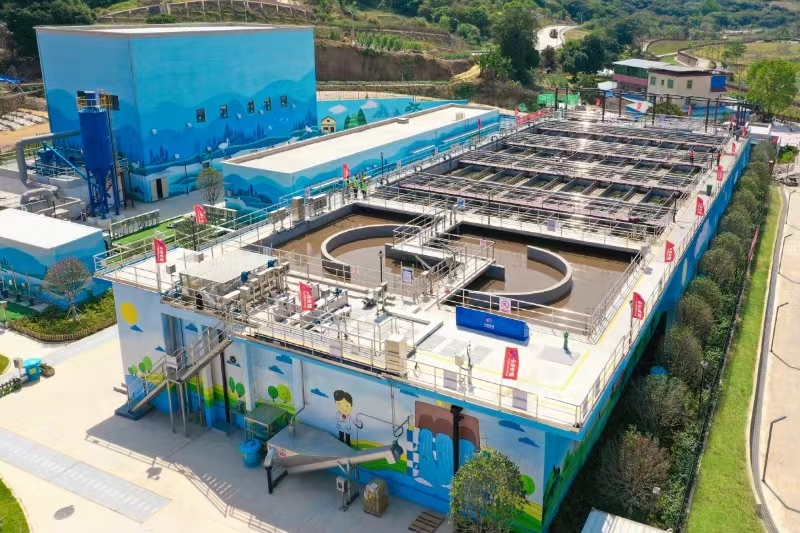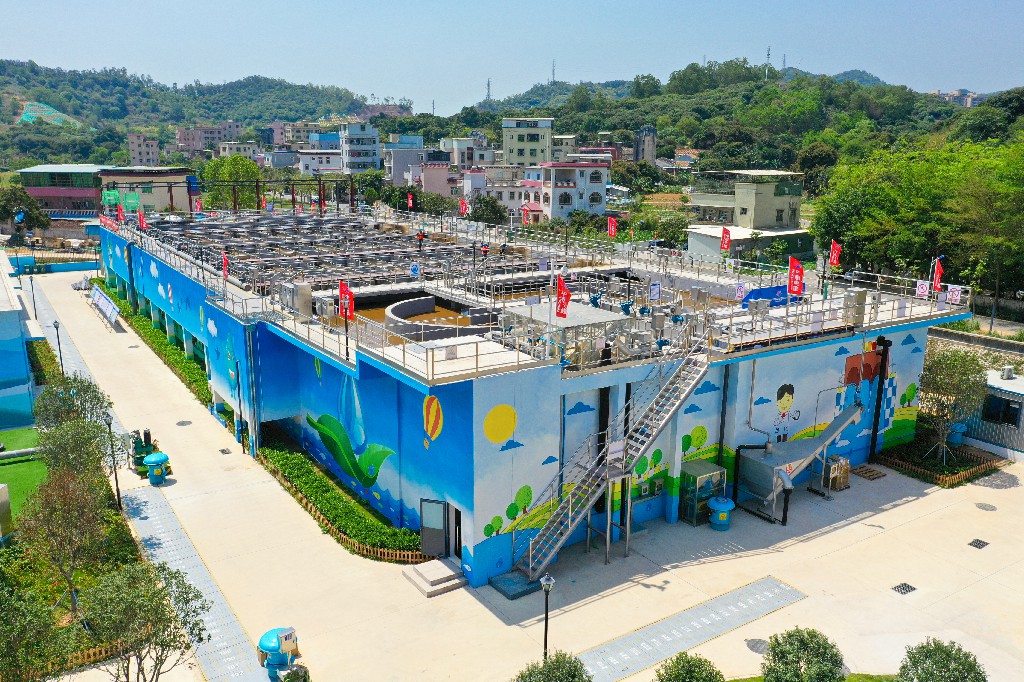The Answer to Dominating Comprehensive Treatment of Non-point Source Pollution in Cities ——Regulating Tank + Municipal Sewage Linkage Treatment
Have you ever pondered the significance of comprehensive treatment of non-point source pollution in the first rain? The answer lies in the innovative strategies deployed by cities around the world to preserve their water quality. One such example is the Baihua Rainwater Storage Tank and Sewage Treatment Plant in Shenzhen, China. In the heart of the Guanlan River Basin, the Baihua River flows, a first-class tributary spanning over five point four nine kilometers in the Guangming section. Its water quality remains consistently high, oscillating between surface level II and IV. The secret to this high standard of water quality is the "Baihua River Reservoir and Sewage Treatment Station" project. This project comprises of the Baihua Rainwater Storage Tank, built in tandem with the sewage treatment plant. It serves a dual purpose - treating sewage and storing initial rainwater. Notably, it's the largest storage tank involved in the black and odor elimination project in Guangming District.

Tucked away underground, the Rainwater Storage Tank doesn't take up any above-ground space. It primarily functions to regulate and store the initial rainwater intercepted by the interception main pipe along the river. Overhead, the main structure of the sewage treatment station stands, employing the A/RPIR process. This station is designed to treat fifteen thousand tons per day, with a water volume change coefficient of K=1.53. The station mainly treats municipal domestic sewage and primary rainwater pumped from the storage tank at staggered peaks. The treated water, which reaches quasi-Class IV standards, is then transported to the upper reaches of Baihua River, serving as an ecological water supply. The RPIR technology, with its high microbial concentration, can achieve a water change coefficient of more than two times.
In the face of limited land, this combined storage tank and sewage treatment plant not only saves space but also eliminates the need for constructing a transmission pipe network, thereby reducing costs. The consistently high quality of the water is testament to the efficacy of the "regulating tank + municipal sewage linkage treatment" model. This model, marked by its high standards and flexibility, provides an effective solution to the urban issue of incomplete rainwater and sewage diversion. It's a shining example of how innovation and environmental consciousness can join forces to maintain high water quality standards, safeguarding our precious water resources for generations to come.

 LOADING...
LOADING...
 DATE:2024年03月11日
DATE:2024年03月11日

